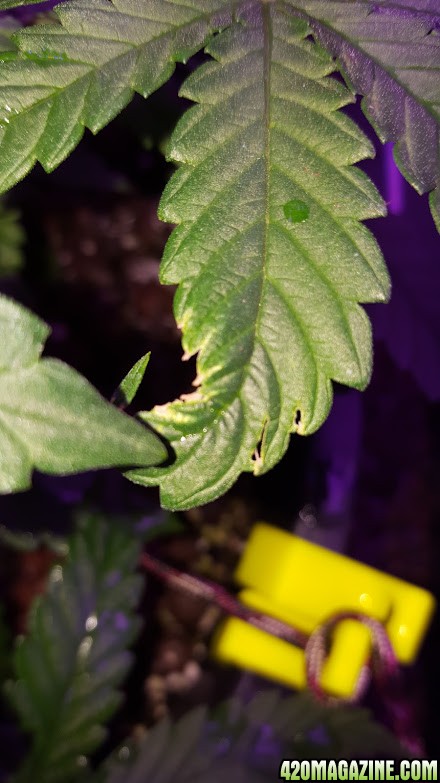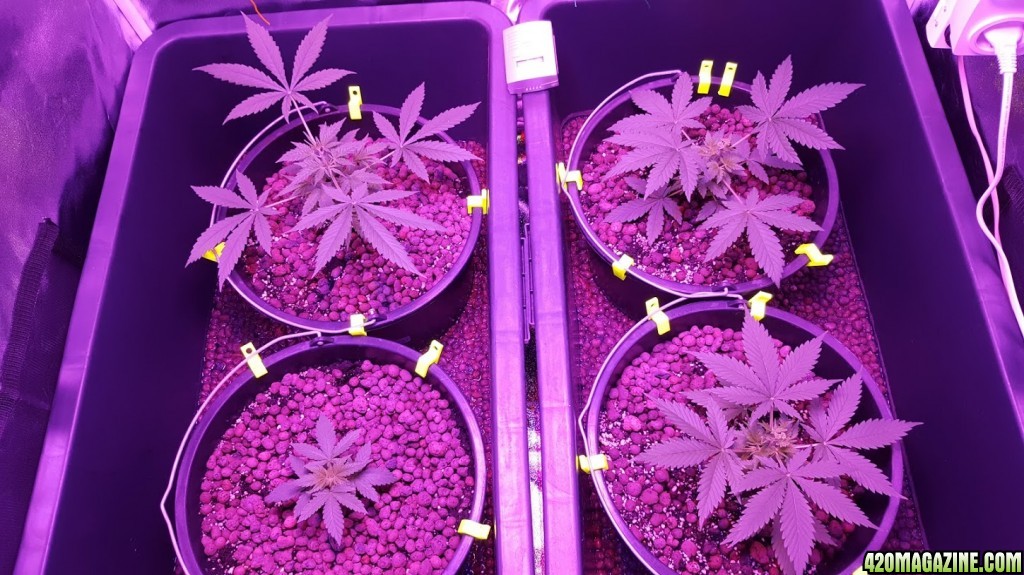Us barbarians are trusting folk (or at least, we start out that way). When you provide two sets of measurements and choose NOT to include a disclaimer such as WARNING: We just made this shit up over a long drunken lunch, well, we tend to assume that both sets are equal - and, therefore, that either set may be used. Next time, use a disclaimer (you can use mine). Or just place the words "Made in China" at the top of every page... As you alluded to in a previous message, we know what happens when we buy clothes that are made there, lol.
I remember when they tried to switch us over to that in the schools back in the 70s (disliked trying to learn it as a kid), didn't last very long before they gave up and removed all the kph signs on the freeways and went back to mph only. We still do things in gallons too, even though they keep trying to pass off liters on us all the time on foods







 May i know which height of the PAR value you want to know? We have measured the PAR value at a regular height which most customer commonly used,because the height is also various.
May i know which height of the PAR value you want to know? We have measured the PAR value at a regular height which most customer commonly used,because the height is also various.
 ) is a typical distance.
) is a typical distance. It depends on how the marketing department wants to handle it. Directly under the panel, PAR will be the highest. At the edges, it will rapidly go down.
It depends on how the marketing department wants to handle it. Directly under the panel, PAR will be the highest. At the edges, it will rapidly go down. You can concentrate it with reflectors and lenses, but you lose spread. It gets brighter in the middle and dimmer at the edges. So when you get to the edge, PAR drops off dramatically.
You can concentrate it with reflectors and lenses, but you lose spread. It gets brighter in the middle and dimmer at the edges. So when you get to the edge, PAR drops off dramatically.  Like to 1/4 or 1/5 or worse. So if you show a 4x4 (120 x 120) chart for all your panels, the footprint is pretty clear.
Like to 1/4 or 1/5 or worse. So if you show a 4x4 (120 x 120) chart for all your panels, the footprint is pretty clear. 
